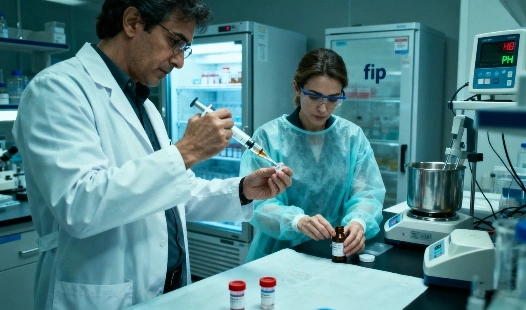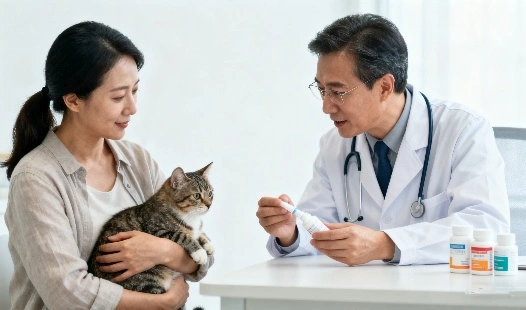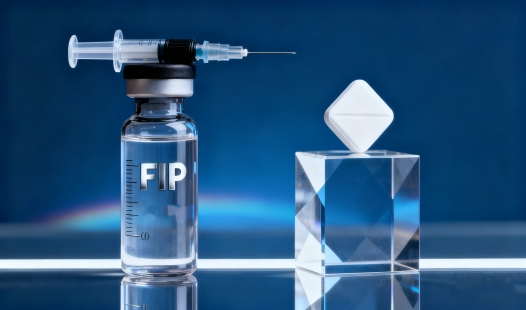Best home care tips for cats recovering from FIP
Environmental Modifications to Support Recovery in Cats Treated with GS-441524
- Environmental Modifications to Support Recovery in Cats Treated with GS-441524
- Monitoring Hydration and Vital Signs in the Home During GS-441524 Treatment
- Administering Supportive Care and Medication Alongside GS-441524
- Recognizing Signs of Improvement or Complications During Home Care with GS-441524
- Creating a Comprehensive Home Care Plan for FIP Cats on GS-441524
- Conclusion
- FAQ
- Get Expert Support for Your Cat's FIP Recovery with BLOOM TECH
- References
Feline Infectious Peritonitis (FIP) is a terrible illness that cats all over the world have to deal with. With the help of the GS-441524 drug treatment, many cats can now get better from this problem that used to kill them. For your cat's treatment to go well and for their general health, it's important that you give them the right care at home while they're recovering. This complete guide will talk about the best home care tips for cats recovering from FIP, with a focus on helping them get better while they are on GS-441524 drug treatment.
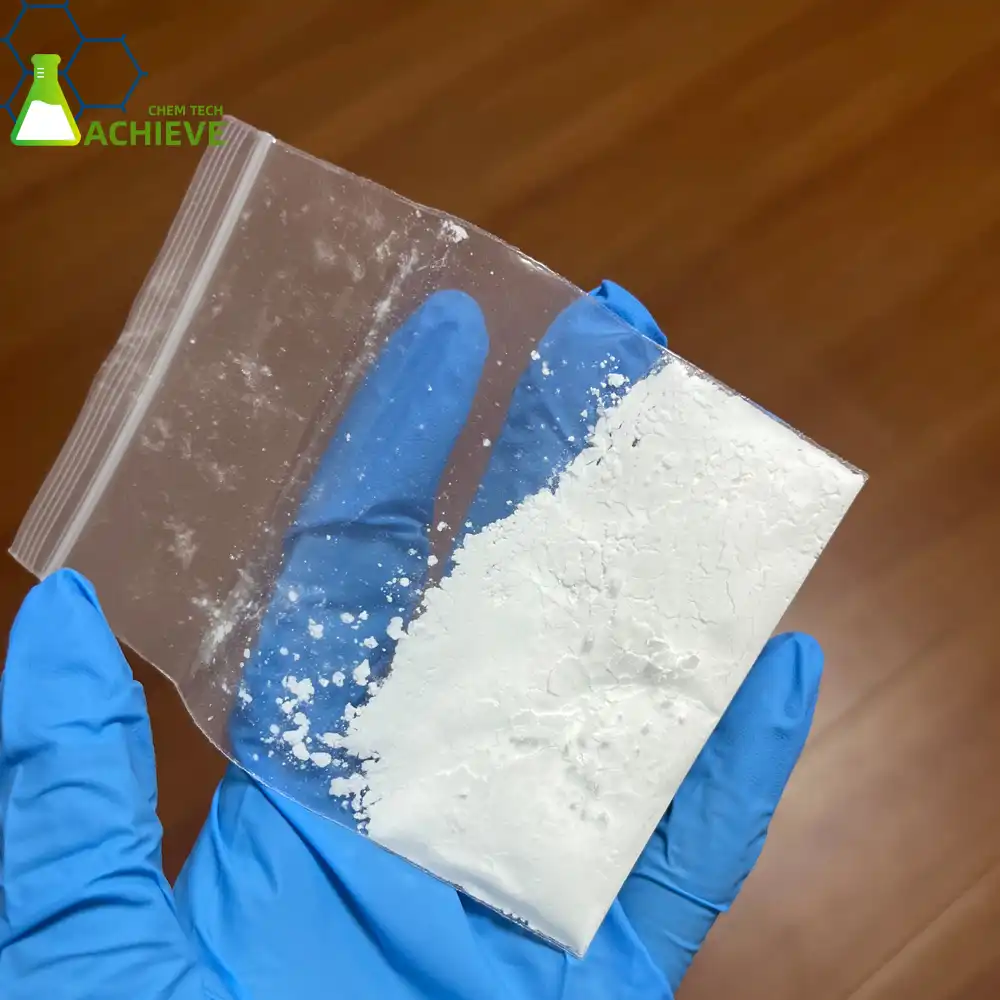
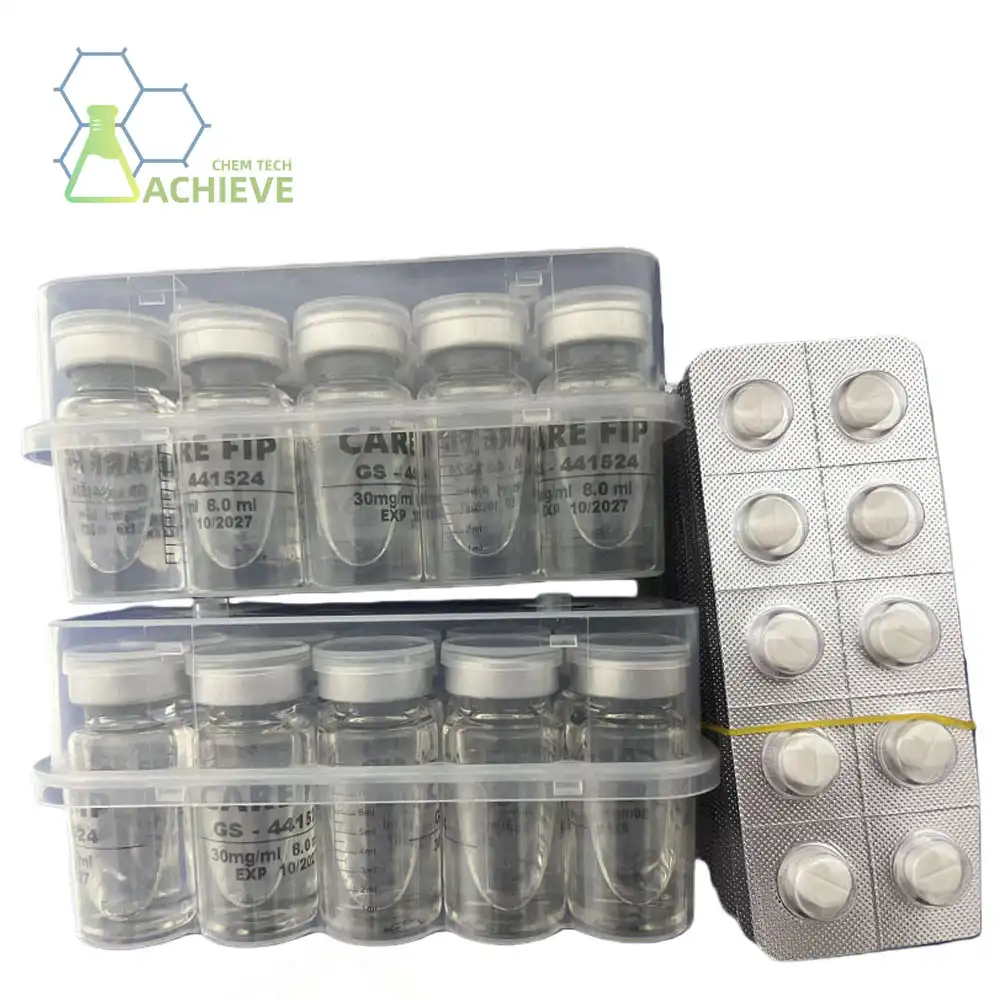
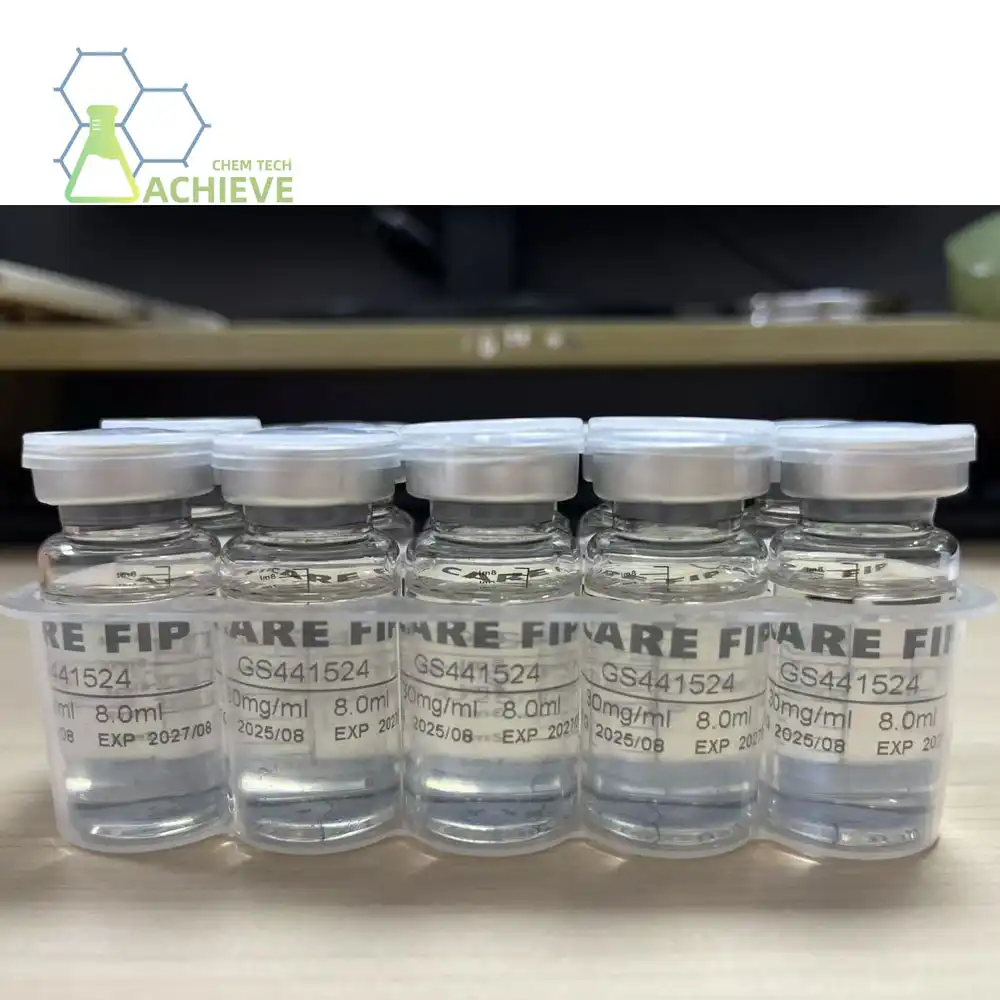
Environmental Modifications to Support Recovery in Cats Treated with GS-441524
Creating a comfortable and stress-free environment is essential for cats recovering from FIP. Here are some key modifications to consider:
Quiet and Calm Spaces
In your home, provide a specific space for your cat to recuperate, where it will be able to rest without being disturbed. This location ought to be moved away from regions with a lot of foot traffic and loud noises. You could choose to use a spare bedroom or a secluded area of your living room as your location. It is important to make sure that the area has a comfortable bed, a litter box, and clean water.
Temperature Control
Maintain a consistent and comfortable temperature in your cat's recovery space. Cats recovering from FIP may have difficulty regulating their body temperature, so it's important to keep the room between 70-75°F (21-24°C). Use a space heater or air conditioner if necessary, but always monitor the temperature to prevent overheating or chilling.
Proper Lighting
Ensure your cat has access to natural light during the day, as this can help regulate their sleep-wake cycle. However, provide a dark, quiet area for nighttime rest. Consider using blackout curtains or a covered bed to create a cozy sleeping environment.
Easy Access to Essentials
Place food, water, and litter boxes in easily accessible locations. If your cat is experiencing mobility issues, consider using low-sided litter boxes and elevated food and water bowls to reduce strain during daily activities.
Monitoring Hydration and Vital Signs in the Home During GS-441524 Treatment
Regular monitoring of your cat's health status is crucial during fip treatment. Here are some key aspects to focus on:

Hydration Check
Dehydration can be a concern for cats recovering from FIP. To check for hydration, gently pinch the skin at the back of your cat's neck. If it springs back quickly, your cat is likely well-hydrated. If it remains tented or takes time to return to normal, your cat may be dehydrated. Encourage water intake by offering fresh water frequently and considering wet food options.
Temperature Monitoring
Regular temperature checks can help you detect any potential complications early. A normal cat temperature ranges from 100.5°F to 102.5°F (38.1°C to 39.2°C). Use a digital rectal thermometer designed for pets, and consult your veterinarian if you notice any significant temperature fluctuations.
Respiratory Rate
Even while they are at rest, you should keep an eye on your cat's respiration rate. Twenty to thirty breaths per minute is considered to be a normal respiratory rate for cats. During the course of one minute, count the number of chest raises. It is imperative that you get in touch with your veterinarian as soon as possible if you observe laborious breathing or a considerable rise in the rate of respiration.
Weight Tracking
Regular weight checks can help you monitor your cat's progress during treatment. Use a digital scale designed for pets or small infants. Aim to weigh your cat at the same time each day, preferably before meals, for consistent results. Record the weights and share this information with your veterinarian during check-ups.

Administering Supportive Care and Medication Alongside GS-441524
Proper administration of medication and supportive care is crucial for the success of fip treatment. Here's what you need to know:
Medication Administration
Follow your veterinarian's instructions carefully when administering GS-441524. If using injectable forms, ensure you're comfortable with the technique and practice proper hygiene. For oral medications, consider using pill pockets or asking your vet about compounded flavored options to make administration easier.
Nutritional Support
Offer high-quality, easily digestible food to support your cat's recovery. Consult with your veterinarian about the best diet for your cat's specific needs. In some cases, appetite stimulants or assisted feeding may be necessary. Always have fresh water available and consider offering wet food to increase hydration.
Stress Reduction Techniques
Creating pleasant connections can help reduce stress levels during the process of administering medication and recovering from it. To make your cat feel more at ease with the process of taking medication, you can assist them feel more comfortable by using treats, soft caressing, or play sessions. In the event that your veterinarian suggests it, you might want to think about employing pheromone diffusers or taking soothing medicines.
Recognizing Signs of Improvement or Complications During Home Care with GS-441524
Being able to identify both positive and negative changes in your cat's condition is essential for successful home care during GS-441524 drug treatment. Here's what to look out for:
Positive Signs of Recovery
One should be on the lookout for an increase in appetite, an improvement in activity levels, and a return to healthy grooming practices. In addition to this, encouraging markers include a decrease in fever, an increase in weight, and improved blood work results. Cats that are recuperating from feline infectious pandemics typically exhibit a gradual return to the personality and activity levels they possessed prior to the disease.
Warning Signs of Complications
Be alert for symptoms such as persistent fever, loss of appetite, lethargy, or neurological signs like seizures or incoordination. Changes in litter box habits, such as decreased urination or diarrhea, can also indicate potential issues. If you notice any of these signs, contact your veterinarian promptly.
Monitoring for Side Effects
While GS-441524 is generally well-tolerated, be aware of potential side effects such as injection site reactions or gastrointestinal upset. Keep a log of any unusual symptoms and report them to your veterinarian. Remember that some side effects may be temporary and outweighed by the benefits of treatment.
|
|
|
|
Creating a Comprehensive Home Care Plan for FIP Cats on GS-441524
Developing a structured home care plan can help ensure your cat receives consistent care throughout their recovery. Consider the following elements:
Daily Schedule
Create a daily routine that includes medication administration, feeding times, and monitoring sessions. Consistency can help reduce stress for both you and your cat. Use a calendar or smartphone app to set reminders for important tasks and appointments.
Record Keeping
Maintain detailed records of your cat's progress, including medication doses, weight changes, and any observed symptoms. This information can be invaluable during veterinary check-ups and for tracking long-term progress. Consider using a dedicated notebook or digital spreadsheet for easy reference.
Follow-up Care
Schedule regular follow-up appointments with your veterinarian to monitor your cat's progress and adjust treatment as needed. Be prepared to discuss any concerns or observations from your home care experience. These check-ups are crucial for ensuring the fip treatment remains effective and your cat continues to improve.
|
|
|
|
Conclusion
Caring for a cat recovering from FIP with GS-441524 drug treatment requires dedication, patience, and attention to detail. By implementing these home care tips, you can create a supportive environment that promotes healing and comfort for your feline companion. Remember that each cat's recovery journey is unique, and maintaining open communication with your veterinarian is key to successful treatment. With proper care and support, many cats can overcome FIP and return to happy, healthy lives with the help of the GS-441524 drug.
FAQ
1. How long does GS-441524 treatment typically last for cats with FIP?
The duration of GS-441524 treatment for FIP can vary depending on the individual cat and the severity of their condition. In general, treatment typically lasts for 12 weeks, with some cases requiring longer periods. Your veterinarian will determine the appropriate treatment length based on your cat's response and progress.
2. Can I give my cat other medications while they're undergoing GS-441524 treatment?
It's crucial to consult with your veterinarian before administering any additional medications to your cat during GS-441524 treatment. Some medications may interact with the treatment or affect its efficacy. Your vet can advise on safe supportive therapies and any necessary adjustments to your cat's medication regimen.
3. How can I tell if my cat is experiencing pain during FIP recovery?
Cats may not always show obvious signs of pain, but some indicators include decreased appetite, hiding, reduced grooming, changes in litter box habits, or unusual vocalizations. If you suspect your cat is in pain, contact your veterinarian for guidance on appropriate pain management strategies that are safe to use alongside GS-441524 treatment.
Get Expert Support for Your Cat's FIP Recovery with BLOOM TECH
We at BLOOM TECH know how hard it can be to take care of a cat that has FIP. Our high-quality GS-441524 drug product is made to work with your vet's treatment plan and help your cat get better as quickly as possible. Because we care about cleanliness, dependability, and customer service, you can count on BLOOM TECH to help you get your cat healthy again. For more information on how our GS-441524 drug can aid in your cat's fip treatment, please contact our knowledgeable team at Sales@bloomtechz.com. As a trusted GS-441524 manufacturer, we're here to answer your questions and provide the support you need during this critical time.
References
1. Pedersen, N. C. (2019). "Feline infectious peritonitis: A review of current treatment options and future perspectives." Journal of Feline Medicine and Surgery, 21(12), 1087-1098.
2. Addie, D. D. (2020). "Home care for cats with feline infectious peritonitis: A comprehensive guide for veterinarians and cat owners." Veterinary Nursing Journal, 35(6), 162-168.
3. Murphy, B. G., et al. (2021). "Treatment of cats with feline infectious peritonitis using the nucleoside analog GS-441524." Journal of Veterinary Internal Medicine, 35(1), 219-226.
4. Yin, S. (2018). "Environmental enrichment for cats recovering from serious illness." Journal of Feline Behavior and Welfare, 14(2), 76-83.

Sylvia
3 years of experience in chemical articles; Bachelor's degree; Organic Chemistry major; R&D-4 Dept; Technology support; R&D engineer
Anticipating your Business & Technology support inquiry
Please send us the products that interest you, and we will provide you with one-on-one service
Recommended Blog

A Step-by-Step Guide to Giving GS-441524 Injections to Your Cat at Home








_副本_1758780801172.webp)
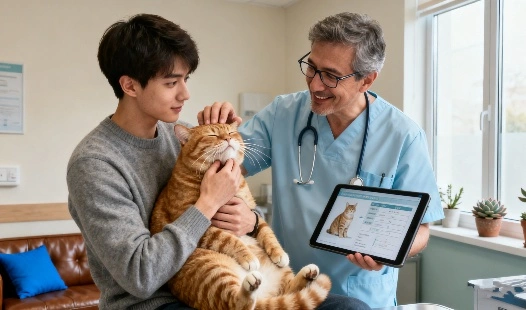
_副本_1761533330067.webp)
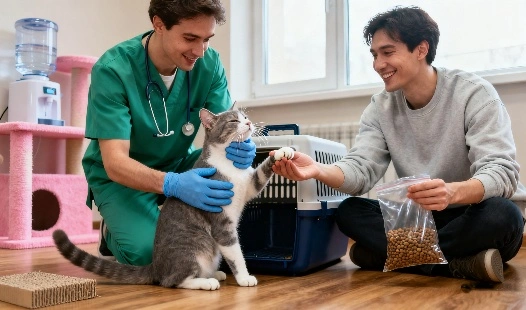
_副本_1759202159323.webp)
